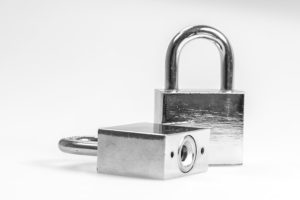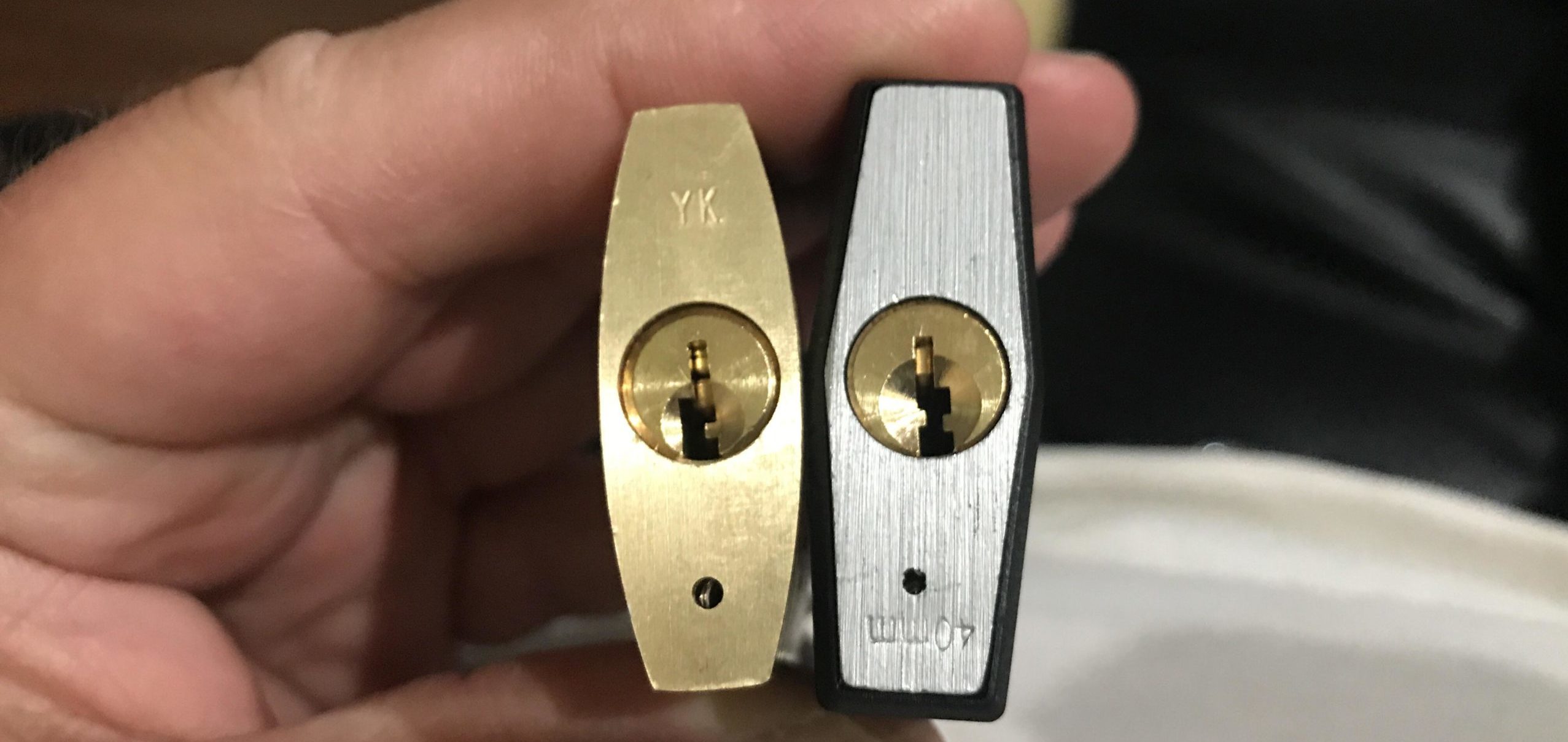Padlocks have been with us not only for centuries but for millenniums. Tracing back history, we’ve been using padlocks since the Roman Empire. Yes, padlocks are older than your great great great…well you get the idea. Padlocks are also associated with the word “security”, being a trusted tool to lock up anything that you could think of; from houses to prisons, even diaries, and these have been a witness to a lot of events that changed humanity, from wars to elections.

Padlocks were used in the 2007 Philippine Elections to protect the ballot boxes from fraud.
Padlocks are also used as symbols: as a symbol of repression or lack of freedom, and also a symbol of undying love since padlocks are seen as “unbreakable”.
But enough with the long history of padlocks and their uses in our lives. Have you ever had questions that you find interesting but don’t really bug you out when you’re thinking of it? Such as:
- Why do we close our eyes when we yawn? (because it’s better?)
- What’s the arrow next to your car’s petrol gauge? (it shows you where your gas tank is)
- What do you call the tip of your shoelace? (it’s an aglet by the way)
Well, let me answer one question that a lot of people are thinking of. Since I was young (which I still am, by the way), I’ve always noticed a hole or two beside where you’d put the key in on a padlock. And I’ve always wondered:
What’s the hole in the padlock for?
Do padlocks need air? Is it like a reset hole where you stick something that fits in there, the key would reset? Or is it just a design to make the padlock look cool? (Honestly, I don’t know how would the holes make a padlock look cool.)
Well, to the millions of people that are wondering and asking: Yes, it kinda works as an air vent for padlocks. No, it’s not for resetting the key for a padlock, and Maybe? With holes, or not, you won’t notice it anyway without observing.
 Well, these holes are called “drain holes”, and from the word itself, you’d probably know the purpose of it. It drains water from the padlock and prevents it from freezing inside during the winter. Yes, a frozen padlock can lead to you not opening the padlock, or damaging the padlock itself.
Well, these holes are called “drain holes”, and from the word itself, you’d probably know the purpose of it. It drains water from the padlock and prevents it from freezing inside during the winter. Yes, a frozen padlock can lead to you not opening the padlock, or damaging the padlock itself.
So, that’s it? Nope. These little holes are for lubricants, you know, to reduce friction. *wink* Padlocks do get rusty in time. Just apply lubricant on the hole and let it flow through the padlock and viola!
It’s a simple feature for a padlock, but it works wonders! We know how important time and savings are for you, for all of us. This simple tip could save a few bucks, but also, it would be best if you get the most value out of things you buy.
So, the next time you see these holes on your padlock, or you a have rusty, frictional one, that’s right, you’re welcome.

